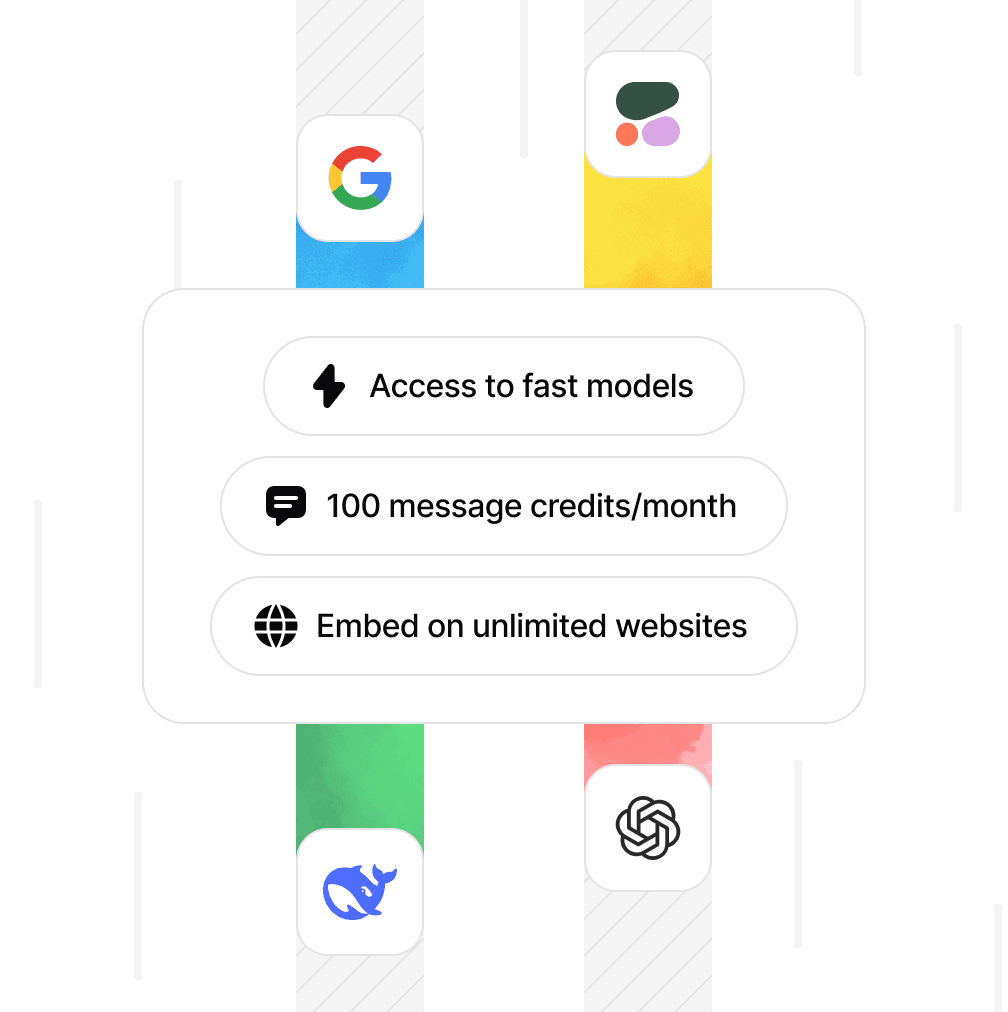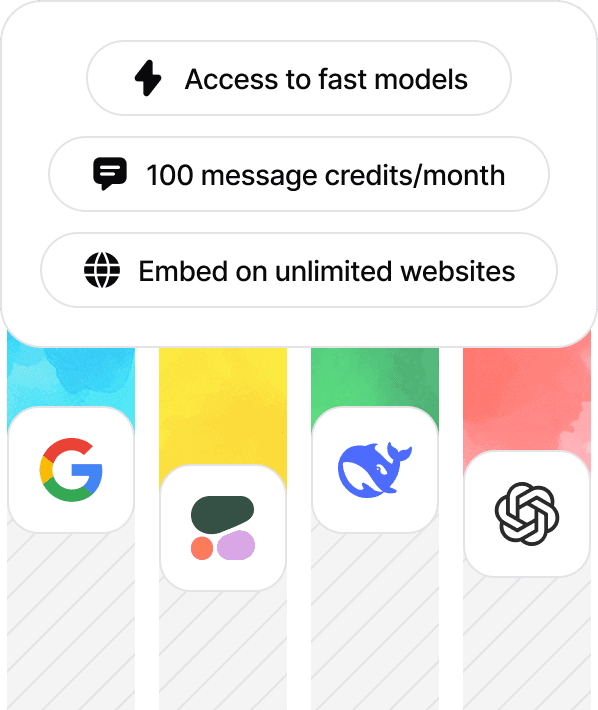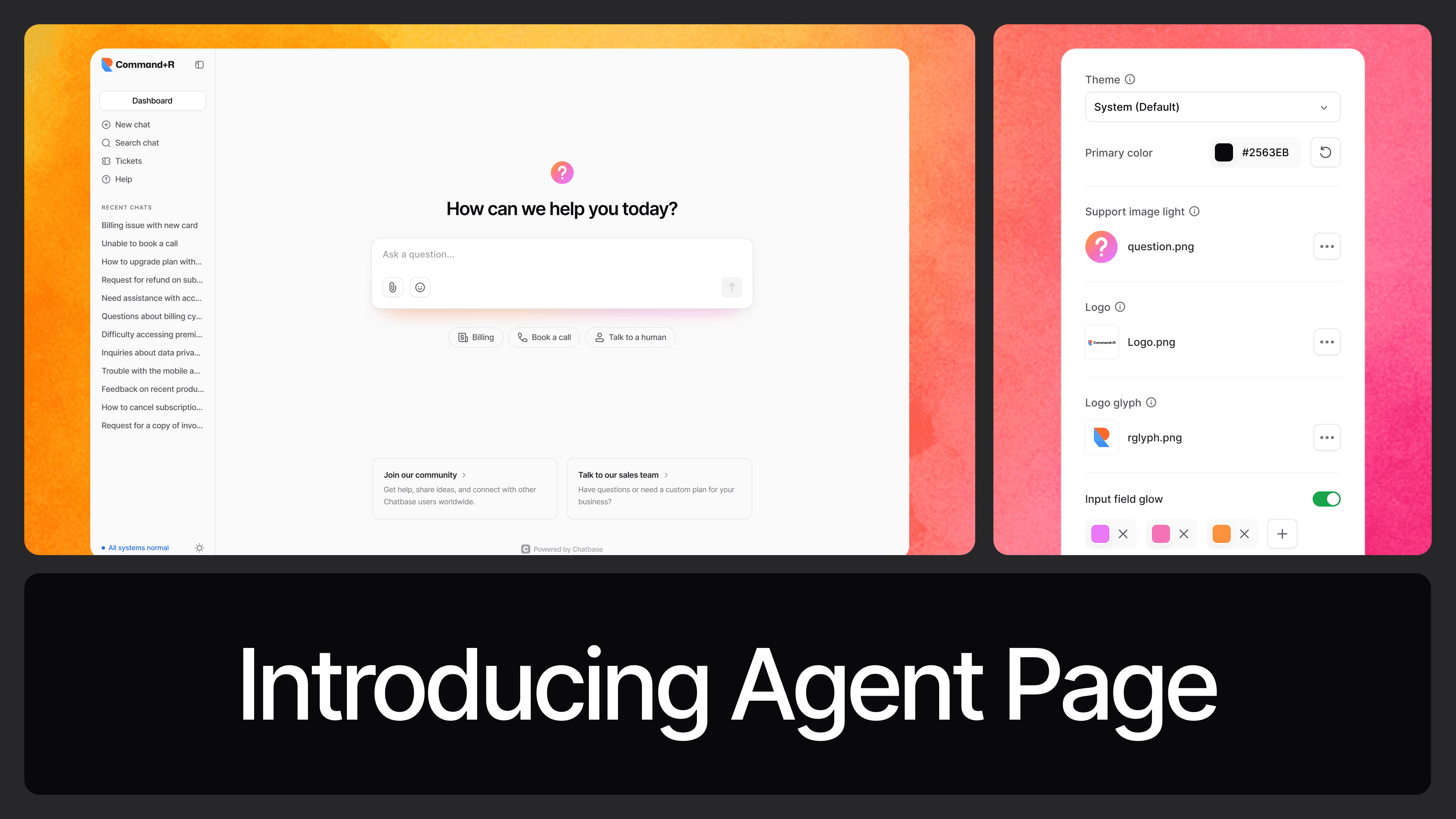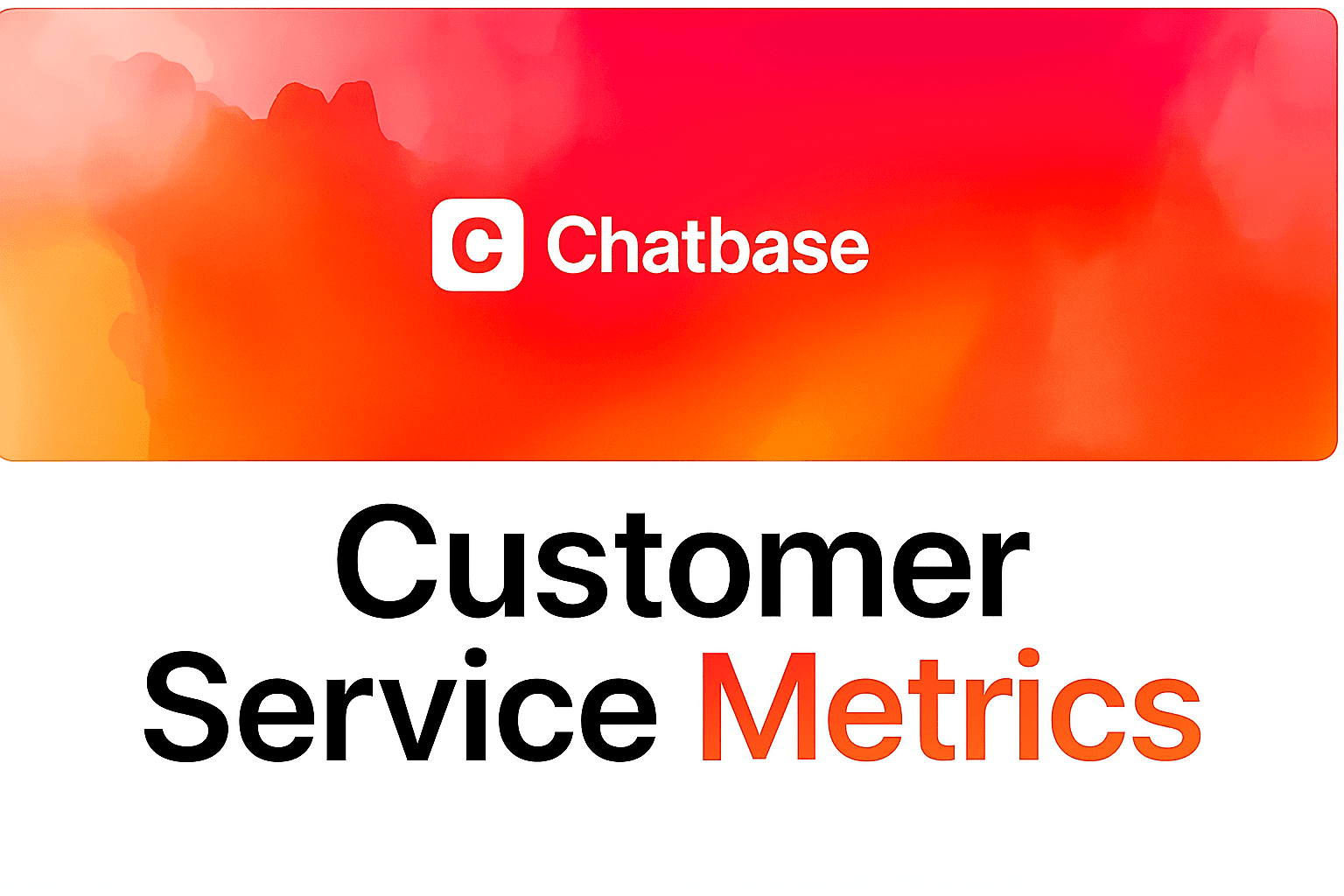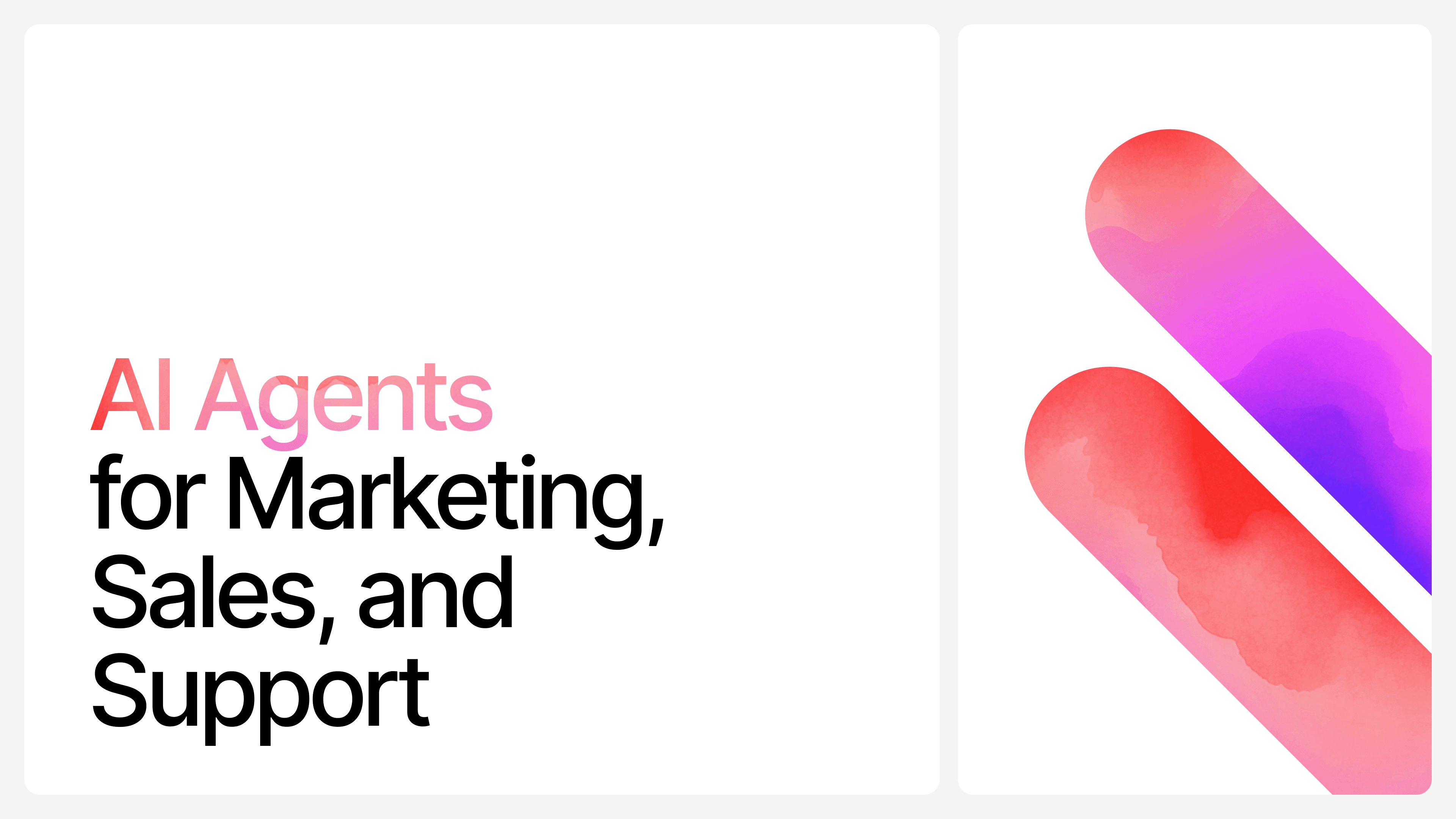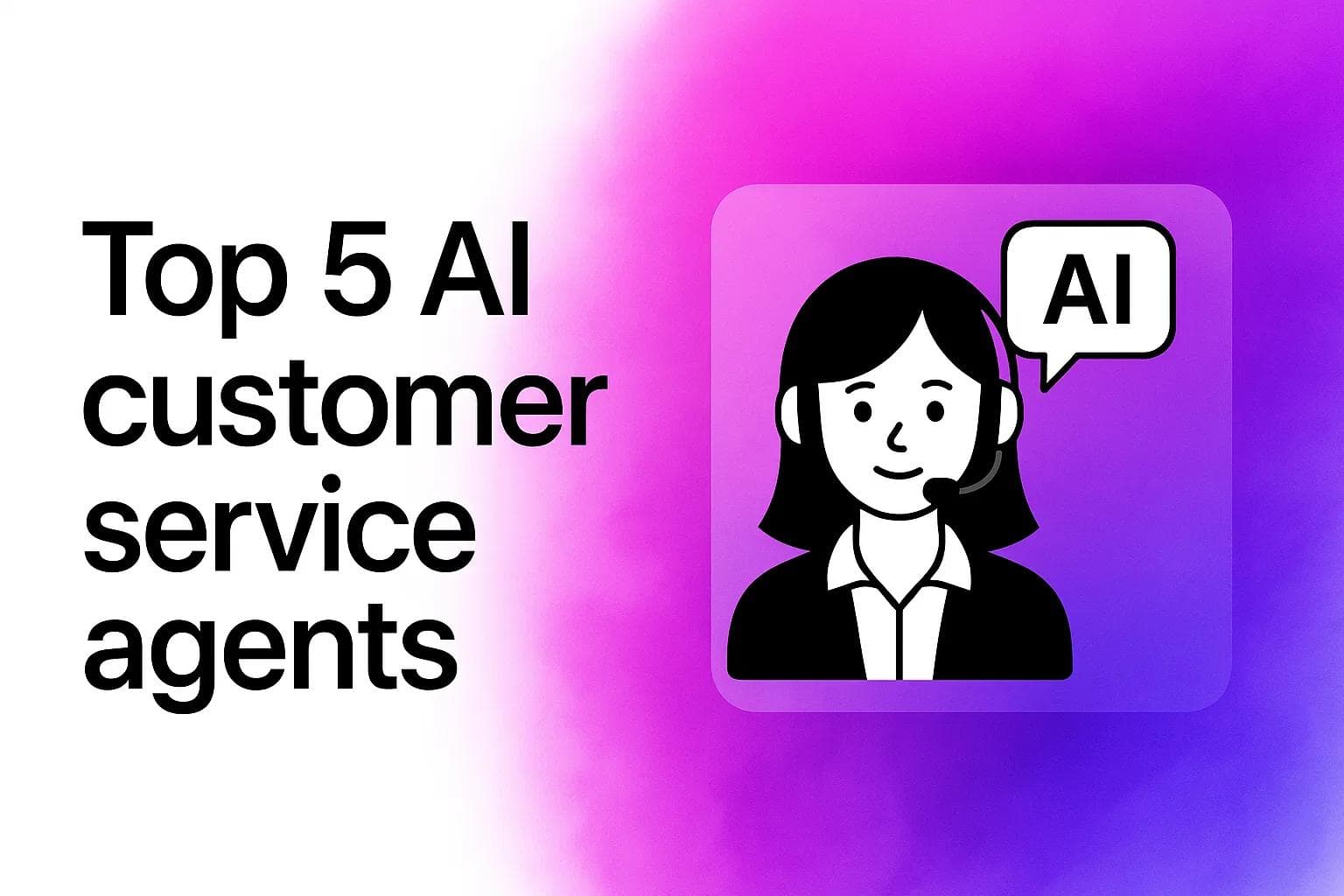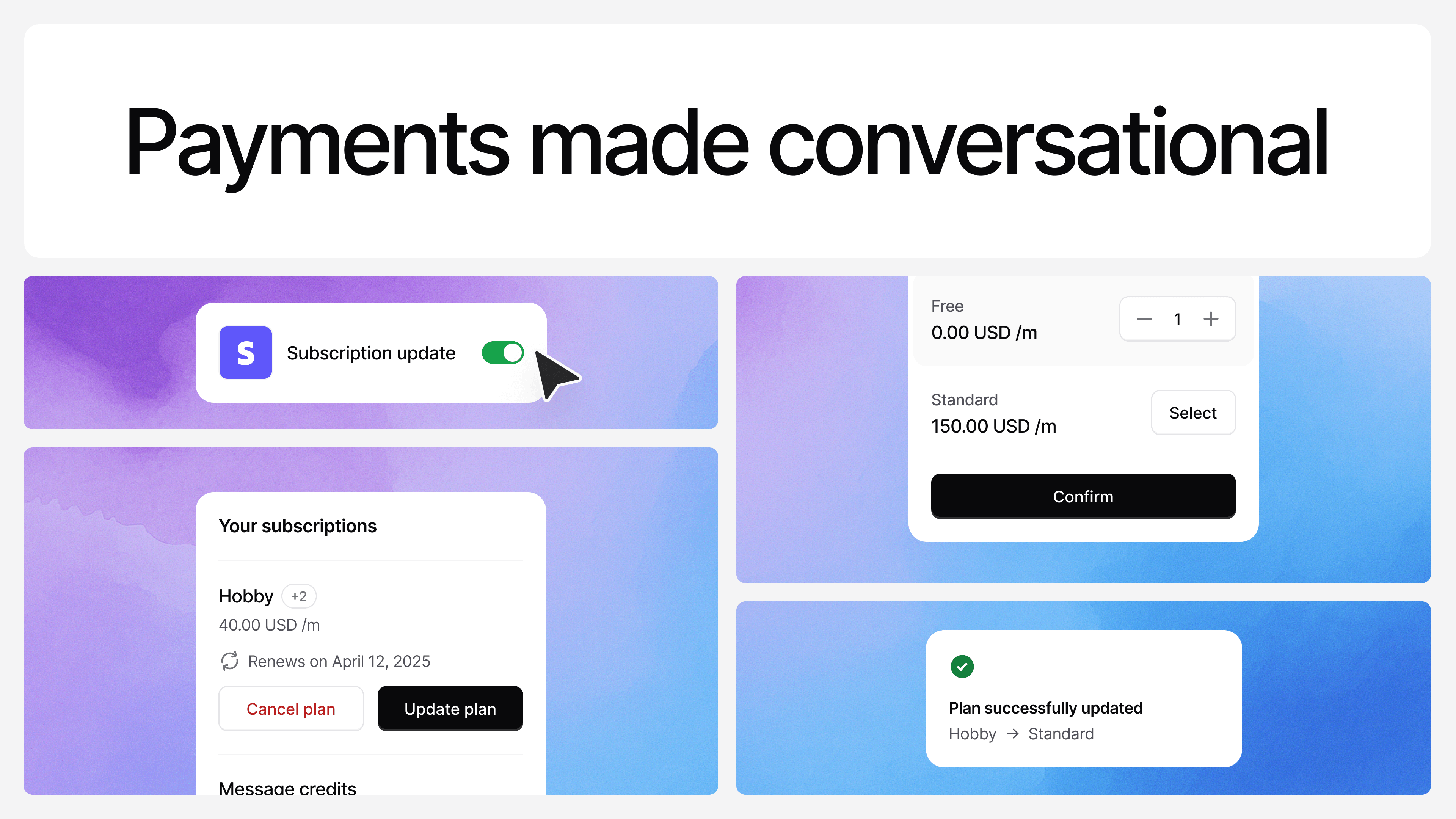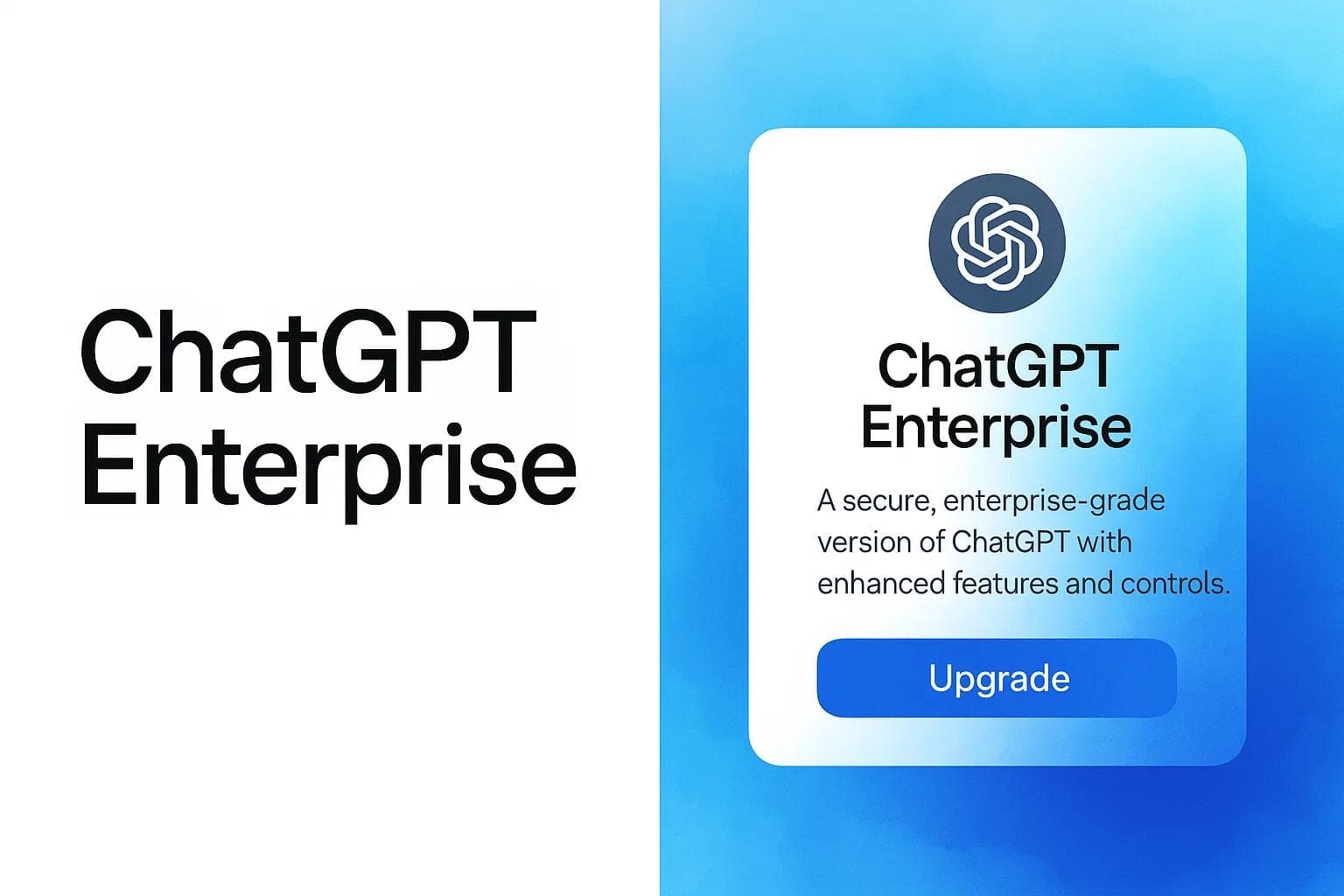B2B Customer Service: Everything You Need to Get Started
Max T
Apr 3, 2025
10 min read
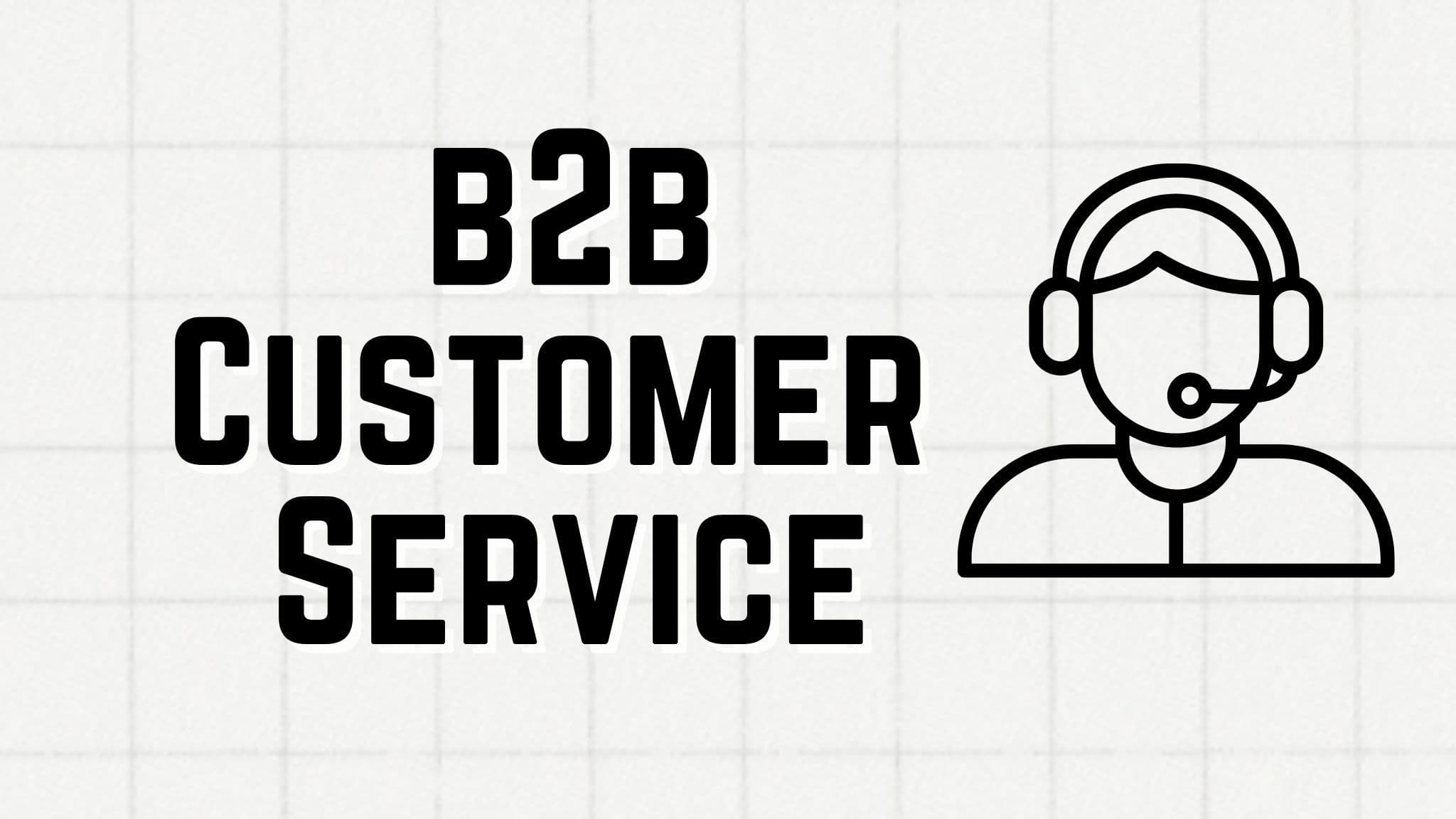
You answer an onboarding question at 9 AM, help another client troubleshoot a product integration by noon, and hop on a call at 3 PM to walk through an advanced feature your team just released.
Next day? You're reviewing feedback on a shared Slack channel, sending over a custom invoice, and coordinating with success, support, and engineering to fix a client's edge-case issue before their big launch.
That’s B2B customer service.
It’s multi-layered, often complex, and deeply tied to long-term business relationships. It’s not about closing a ticket—it’s about helping other businesses succeed, consistently. One great experience doesn’t cut it. In B2B, trust is built over time. And it’s easily broken.
So while the surface might look like basic support, what’s underneath is anything but.
What is B2B Customer Service?
B2B customer service is the ongoing support you provide to other businesses that use your product or service. But unlike B2C, it’s not about handling dozens of small, isolated issues.
It's about managing deeper relationships—often with multiple stakeholders, longer sales cycles, and more complex needs.
In B2B service, you're not just answering tickets. You're helping clients:
- Understand and fully use your product\n* Solve problems that may affect hundreds of their own customers\n* Align with internal teams like sales, product, and engineering\n* Stay loyal and renew, even when the market gets noisy
Service here goes way beyond “support.” It's part onboarding specialist, part product expert, part relationship manager.
And every touchpoint—from a quick email reply to a 30-minute strategy call—contributes to the overall customer experience.
Skills for B2B Customer Service
In B2B, customer service goes way beyond quick replies and polite support. You're dealing with multi-seat accounts, long-term contracts, and business-critical issues. Every interaction is an opportunity to either strengthen—or strain—a relationship.
Here are the key skills that set high-performing B2B service teams apart:
1. Strategic Thinking
You’re not just solving tickets—you’re supporting business goals.
Great B2B support reps think in terms of the bigger picture. They ask, “What’s this customer trying to accomplish?” and tailor their help accordingly. That could mean suggesting features, workarounds, or even looping in product teams to influence roadmap decisions.
2. Stakeholder Management
You’re rarely talking to just one person. There’s the end-user, the admin, the buyer, and sometimes legal, IT, and finance.
Knowing how to navigate these layers—what matters to each role, how to communicate differently with each one—is a key part of effective B2B service.
3. Technical Fluency
Many B2B products are complex—APIs, integrations, data syncing, role permissions, etc.
Support teams need to speak their customers’ language, whether it’s dev ops, finance tools, or workflow automation. Even if you're not writing code, being technically fluent helps you get to the root of issues faster.
4. Communication (Still Critical)
In B2B, communication isn't just about clarity—it's about control. Customers want to feel like someone’s on top of the issue.
That means proactive updates, well-documented solutions, and transparency when things aren’t perfect. Silence is risk. Frequent, thoughtful communication builds trust. \nAnd sometimes, going the extra mile with a personalized thank-you card—after resolving a major issue or closing a deal—can leave a lasting impression. Creating personalized thank-you cards is an easy way to create a meaningful follow-up that reinforces professionalism and gratitude.
5. Empathy That Understands Pressure
Your B2B customers are accountable to their customers, their boss, and their bottom line.
Empathy in B2B isn’t just about being nice—it’s about recognizing how one issue in your system might be affecting dozens of people on their end. And responding with urgency, not just politeness.
6. Product Mastery
B2B customers ask harder questions. They expect nuanced answers.
Knowing your product deeply—how features interact, where edge cases live, how your roadmap aligns with their needs—is critical for giving valuable support. And when you don’t know something? Knowing exactly who to pull in, and how fast.
7. Reliability and Follow-Through
You’re in a long game. One broken promise can stick.
B2B service professionals need to follow up, follow through, and document everything. Consistency builds confidence. The best service teams are the ones clients never have to chase.
Ways to Improve B2B Customer Service
Improving B2B customer service isn’t just about being “nicer” or faster. It’s about building systems that scale trust, increase speed, and deliver more value with less friction.
Let’s break down the most effective ways to do that—starting with the big one.
1. Invest in AI for Smarter, Faster Support
AI isn’t just for deflecting tickets anymore. In B2B, AI can be your frontline and your safety net—working 24/7, learning from past interactions, and responding in ways that feel human and helpful.
AI agents, for instance, which are the latest innovations in AI-powered customer service go beyond standard chatbots. They can:
- Walk users through complex troubleshooting flows\n* Trigger backend actions like generating reports or updating billing info\n* Escalate to the right human at the right time\n* Keep context across conversations and platforms
This is exactly where tools like Chatbase come in.
With Chatbase, you can spin up intelligent AI agents trained on your docs, help center, product tutorials, and more. They’re fast, customizable, and designed to handle everything from quick FAQs to deep product questions.
You can also make them take actions on your behalf. Take a step back and think of any support action that your human support agent could possibly take. AI agents is almost certainly going to be able to do a chunk of that.
One of Chatbase’s most powerful features is AI Actions. These allow your chatbot to act, not just chat.
For example, your AI can:
- File a support ticket with pre-filled context\n* Check an integration status\n* Trigger a webhook to notify your dev team\n* Book a follow-up call or demo
That means faster resolutions, fewer handoffs, and a more seamless experience for your clients.
→ Sign up for Chatbase to see it in action.
2. Embrace a Customer-Facing Culture
In B2B, customer service isn't a job title—it's an organizational behavior.
You can't just have a support team doing all the heavy lifting while everyone else stays out of sight. When your sales reps follow up post-sale, when your product team jumps into a customer onboarding call, or when engineering shares workarounds directly with support—that’s what it looks like when a company is truly customer-facing.
Take SaaS companies, for example. A product manager who joins a customer QBR (quarterly business review) can gain live insights that guide roadmap decisions. Or a salesperson who flags an upsell opportunity after spotting recurring support issues—that’s not just helpful, it’s smart alignment.
This approach creates a culture where everyone feels responsible for the customer experience. That builds trust. And trust, in B2B, leads to renewals and referrals.
3. Listen, Then Act
Feedback doesn’t count if it dies in a spreadsheet.
If your customers are telling support, “We need this integration to stay on board,” and that never reaches product, you've missed a chance to keep a client—and probably more than one.
Smart B2B teams route customer feedback like it’s oxygen. Use structured tags in your support tool. Label feature requests clearly. Summarize themes weekly and send them to your product and leadership teams. If a customer says "we were confused about your pricing model," that’s not a throwaway comment—it’s a signal your site or onboarding needs work.
Even better? Close the loop. Let customers know when their feedback led to action. It shows you’re not just listening—you’re learning.
4. Optimize Self-Service Resources
Self-service in B2B needs to do more than link to an FAQ.
You’ve got clients trying to solve high-stakes issues—think, "How do I sync our CRM data before this board report?" or "How do I add multiple environments for our dev team?"
That means your resources have to go beyond surface-level. Here’s how:
- Update help docs regularly – Nothing frustrates users like outdated steps. A UI redesign without updated documentation? That’s a recipe for churn.\n* Match real-world workflows – Group docs by job-to-be-done, not by product feature.\n* Add short, focused video walkthroughs – A two-minute video showing how to export invoices will save your team 10 emails a week.\n* Embed AI chat into your help center – With tools like Chatbase, your chatbot can instantly answer questions based on your actual docs. That means customers get what they need without ever opening a ticket.
For example, if someone types “how do I connect our Salesforce sandbox?” the bot can surface a step-by-step tutorial from your docs and even escalate to a rep if it detects frustration or urgency.
5. Meet Customers Where They Are
B2B users don’t just hang out on your website—they’re in Slack, inside your product, checking email, or even on LinkedIn.
Great support doesn’t wait for them to come to you. It meets them on their turf.
Let’s say a client pings your shared Slack channel about a bug. With omnichannel support from Chatbase, your AI agent can reply immediately in Slack—while logging the same conversation inside your CRM and support dashboard. Context travels with the user, not just the platform.
Or think of a new customer using your app. They open the sidebar and start typing a question. Your AI agent pops up right there, offers a clear answer, links the right doc, and—if needed—connects them to a human. No channel-hopping required.
The result? Seamless service. No lost context. And a far better customer experience.
6. Use Tools That Scale With You
B2B customer service gets more complex as you grow—but your tools shouldn’t.
Early-stage companies might just need an AI chatbot to deflect repetitive questions like "Where’s the invoice?" or "How do I invite a teammate?"
But as your user base grows, so does your need for:
- Role-based routing (e.g., finance queries to billing, dev issues to tech support)\n* Custom AI Actions that connect to your internal APIs\n* Detailed analytics on customer sentiment and conversation trends\n* Integrations with tools like HubSpot, Slack, Intercom, or Salesforce
Chatbase scales across all of that. You can start small—with just a single agent on your help page—and build toward a fully automated, multi-channel support system that gets smarter over time.
Bottom line? Great tools grow with you. They don't hold you back—or make you rebuild everything later.
Smarter, Scalable, and Sharper Customer Service
Great B2B customer service isn't just about having a help desk or a chatbot. It’s about how your company shows up—across every touchpoint, at every stage of the customer journey.
It’s how fast you respond when a mid-sized client has a billing issue.
It’s how clearly you guide a startup through a tricky integration.
It’s how consistently your team turns feedback into actual product improvements.
And above all, it’s about using the right systems—AI agents, multichannel support, real-time actions—to create a service experience that’s fast, accurate, and human where it counts.
If your B2B support still feels reactive or scattered, there’s a better way.
Chatbase gives you the tools to build AI-first customer service—agents that live inside your product, your help docs, even your Slack channels. It’s scalable, reliable, and built for the complexity of B2B.
Whether you’re a lean SaaS team or a growing B2B platform, Chatbase helps you meet customers where they are—and serve them like you actually want to keep them.
→ Sign up for Chatbase today and see how fast B2B customer service can feel when you put AI at the core.
Share this article:
